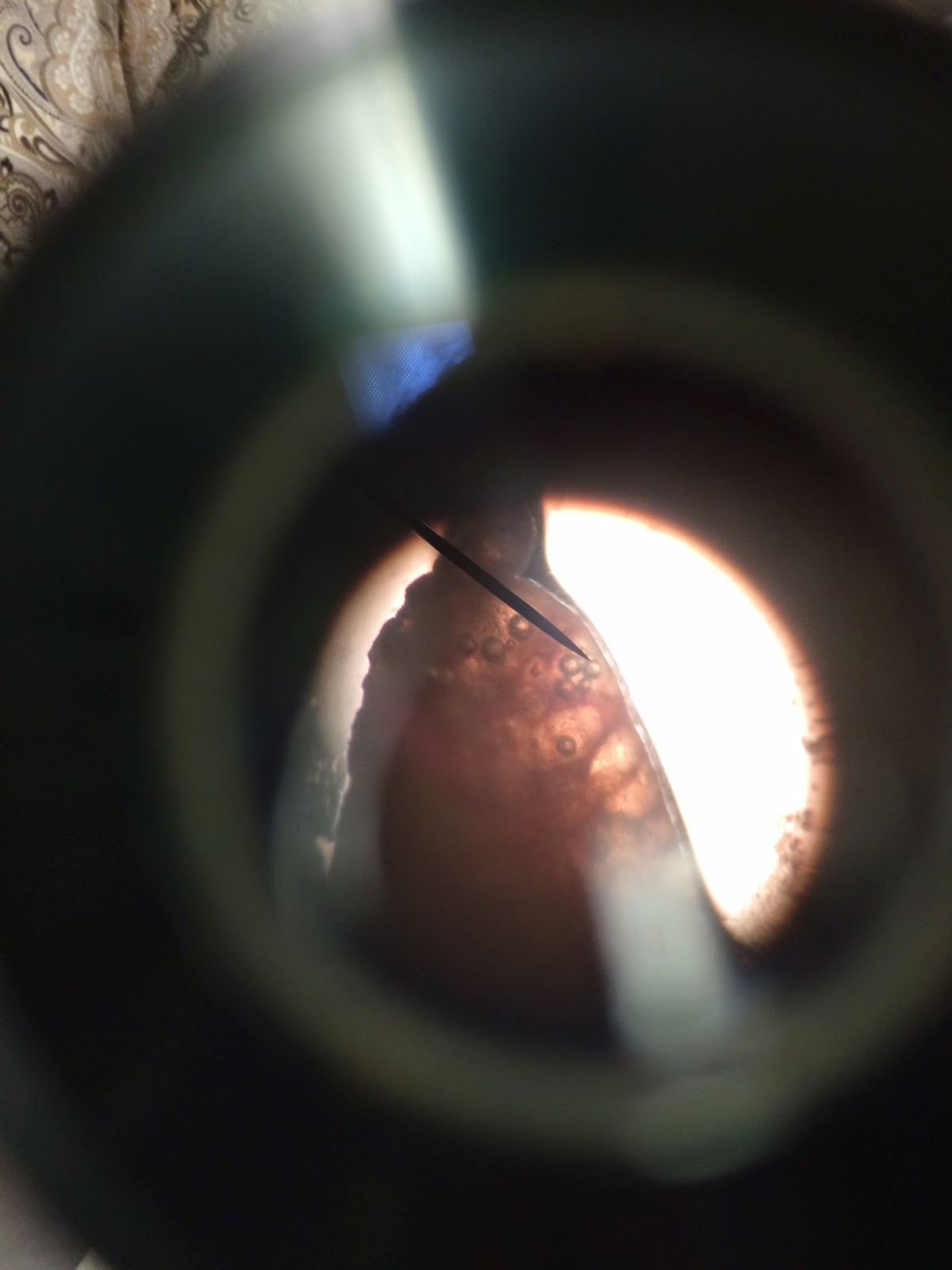Focus of Procedure: Remove the small intestine and study its length and function.
Materials:
-Scalpel
-Tweezers
-Measuring Tap
-Paper Towel(s)
Procedure:
1) If you have not already done so, remove the greater and lesser momentum, which is the lining over the intestines. Removing this will provide you with a better view of the organs in the peritoneal cavity (digestive cavity). Include a picture of the greater and lesser momentum.
2) Locate the small intestine in the peritoneal cavity and identify the mesentery. The mesentery is a fold of membranous tissue that arises from the posterior wall of the peritoneal chest to the intestinal tract. Take a picture of the mesentery still attached to the intestines.
3) Once you have taken a picture, use your scalpel to cut off the mesentery from the small intestine, then throw the mesentery away.
4) Now, place the small intestine neatly back into the peritoneal cavity and take a picture of it still attached to the posterior wall of the peritoneal chest.
5) Please note that the small intestine has three parts: the duodenum, the jejunum and, the ilium. Re-identify the pyloric sphincter, which is where you disconnected the stomach from the small intestine. Take a picture of the duodenum (first part of the small intestine) and include a picture of the pyloric sphincter. The duodenum is the smallest part of the small intestine and begins right at the pyloric sphincter.
6) Find the end of the small intestine that connects to the large intestine. Using your scalpel, disconnect the small intestine from the large intestine, directly at the the ileocecal sphincter. The ileocecal sphincter connects the small intestine to the large intestine. Take a picture. Located in the same area, is the cecum, the first section of the large intestine that passes the digested liquid from the ileum to the colon. Take a picture.
7) Remove the small intestine from the peritoneal cavity and lay it out on a paper towel (you may need several paper towels). Completely stretch out the small intestine from end to end. Record its length in either centimeters, inches or feet. Use your measuring tape to determine the length of the small intestine and then take a picture of the small intestine completely stretched on the paper towel(s).
8) Now, locate the large intestine and take a picture. Do not remove the large intestine from the peritoneal cavity, you will only need to pictures the parts of the large intestine. The large intestine, otherwise known as the colon, has five (technically six if including the cecum) parts: the ascending colon, the transverse colon, the descending colon, the sigmoid colon and, the rectum. Notice that the colon goes upward, then to the right (toward the midline) and then back downward. The upward section is the ascending colon, the section going to the right is the transverse colon and, the section going downward is the descending colon. The descending colon becomes the sigmoid colon as it begins to from an s-shape. The sigmoid colon is a smaller part of the large intestine and empties into the rectum. The rectum is attached to the anus.
9) Take a picture of the ascending colon, transverse colon, descending colon, sigmoid colon, rectum and anus.
10) Note that a human's large intestine would normally have an appendix attached to the cecum (first part of the large intestine). Only humans have an appendix.
Data and Observations:
I was able to identify Semara's small and large intestine easily. Her small intestine was about three feet long and in good condition (despite obstructed bowel). She had a large amount of mesentery as well. Her large intestine was fairly small but in a healthy condition. Just by observation, I believe Semara's rectum still contained feces. Her pyloric and ileocecal sphincter were also identified easily and in good condition. I would say that before the obstructed bowel, Semara had a healthy and high functioning digestive system. All pictures are labeled and shown before.
THE PERITONEUM/ PERITONEAL CAVITY:
*Note: Only Humans have an appendix.
Conclusion:
Dissecting the small and large intestine was very interesting and a great learning experience. It was interesting to see the small intestine completely stretched out and I was surprised by its length and size; I'm amazed such a large organ can fit perfectly in such a small cat. I was also surprised by the size of the large intestine because I expected it to be larger, like in the human body. I did experience difficulty identifying where the jejunum becomes the ileum because it was hard to see the change on the small intestine. I did not experience any difficulty identifying the parts of the large intestine because it was easier to see where everything was. I was glad I did not have to dissect the large intestine, specifically the rectum, because I did not want to see or touch cat feces. I enjoyed dissecting the small and large intestine because it gave me a better understanding of the parts of the small intestine (duodenum, jejunum and, ileum) and the parts of the large intestine (cecum, ascending colon, transverse colon, descending colon, sigmoid colon and rectum).








































